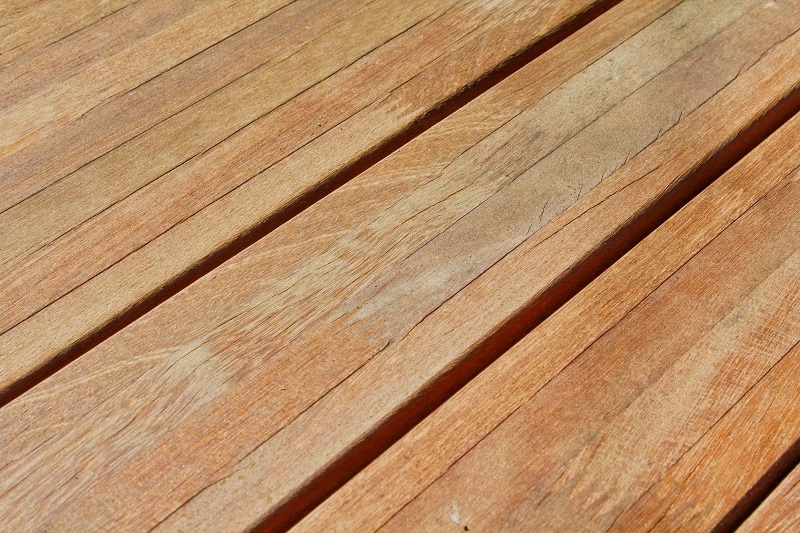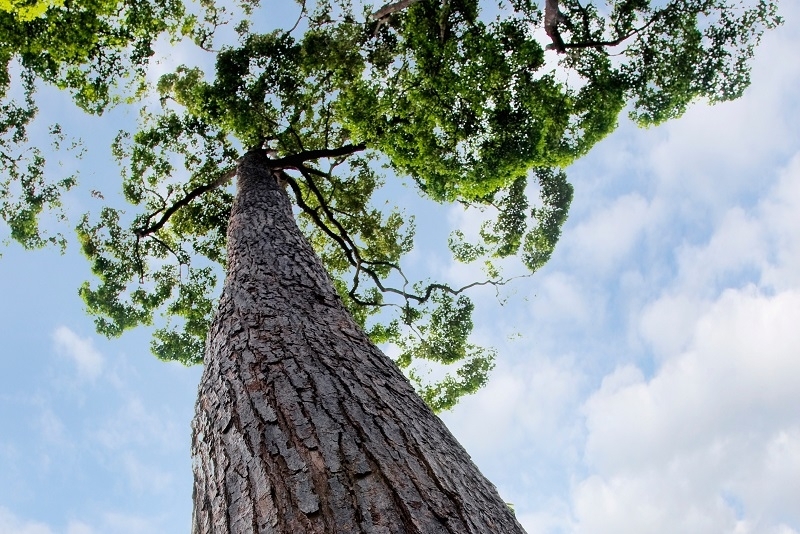Balau Trees: Yellow Vs Red
Published: 22/03/21 By: Mike Bekin
Botanical name for Yellow and Red Balau
Yellow Balau (also known as Bangkirai) trees are botanically known as Shorea laevis. Their counterparts, the Red Balau (also known as Sal) tree is known as the Shorea robusta.
There are over 190 species of the Shorea in the world. Balau is a name used to incorporate some of these species together.
Areas where Balau trees are found
Balau trees of both varieties are found within South East Asia, primarily Indonesia, which is home to many species of Shorea.
Red Balau trees are most commonly found within Indonesia, whereas their yellow counterparts are usually found in the north-western Malaysian archipelago, with prominence in Sulawesi and Kalimantan.
Red Balau trees can also be found within India, Pakistan, Sri Lanka, Cambodia, and a few other countries.
What do Balau trees look like?
Shorea trees are evergreen trees that can grow up to 50 meters in height. They possess a cylindrical bole that can have no branches until a height of 25 meters.
The average diameter of Balau trees, specifically Yellow Balau, can be between 70 and 90 centimetres.
It can be a slow-growing tree given within wet and dry-season areas, which has lent to the reason that the Red Balau is critically endangered.
Yellow Balau often have a lighter brown appearance, whereas their red cousins are a wonderfully bright red – similar to Redwood trees, only with an extra kick.
What does Balau timber look like?

Yellow Balau timber is yellow-brown, with a strong similarity to the hue of straw in that respect. Red Balau is a much darker red-brown colour.
The grain in the wood can often be interlocked and the texture of the timber is quite coarse or harsh.
It is not uncommon to have white resin canals within the timber, and once the wood has been sawed, black holes can appear. This defect, however, is found to be infrequent.
Varieties To Be Aware Of
There are 196 species of Shorea. Each of these species can present their own minor variances, with greater differentiation in colour (such as with Yellow and Red Balau) and texture at each end of the scale.
Properties of Balau Wood
Balau wood is a hardwood and has excellent strength (D70) and durability, hence its range of uses, as we will explore below. It has a high density, lending to its performance being admired across the civil, marine, and building industries.
Main Uses
Given its hardy nature, its main use is for structural decking. This is a use for which it is perfectly-suited due to its hard nature and resistance to fungi. In addition to these, Balau wood is used in general construction and flooring.
Endangered species
Red Balau is listed as an endangered species under the IUCN, alongside many other members of the Shorea species.
Images: Ricky Santana / Shutterstock.com, Krigerix / Shutterstock.com
